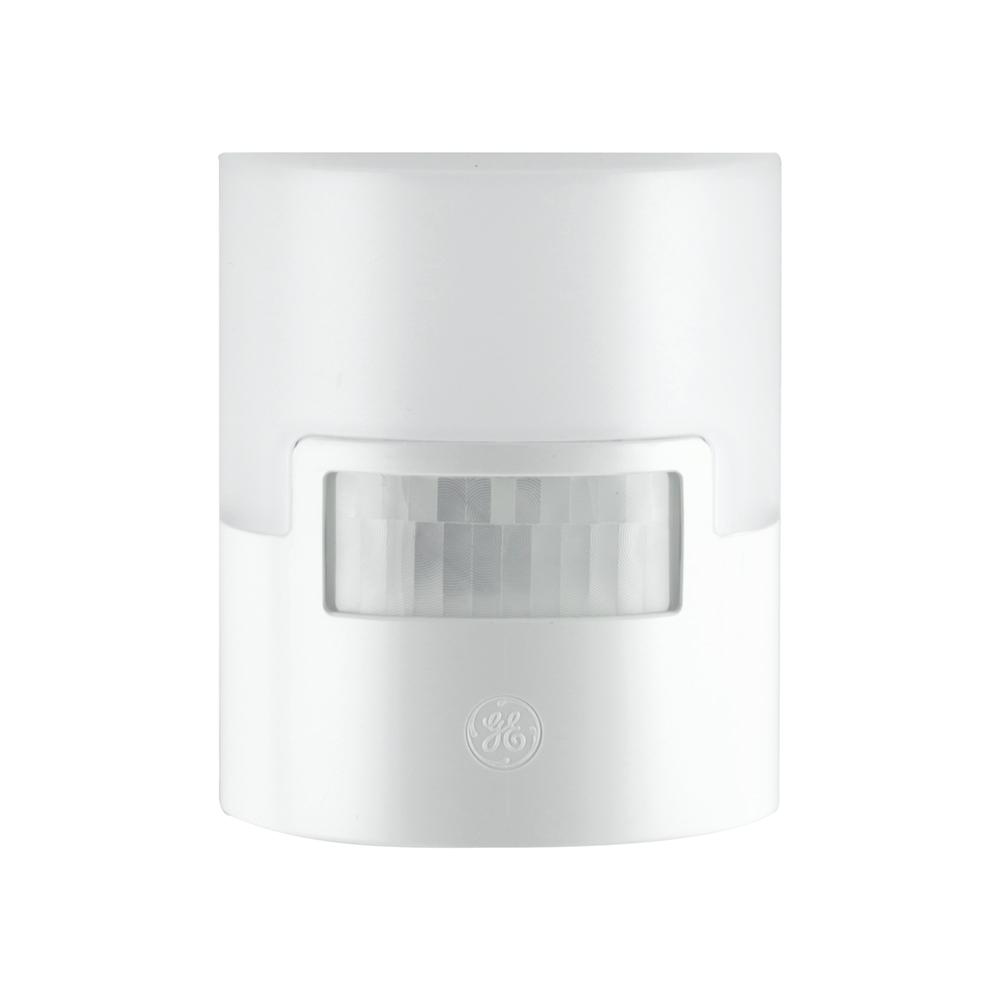

And multiple times, I ended up back with the prescription in my hand.” “Massage therapy, stretching exercises, tai chi. Her pain turned chronic, and she took powerful pain relievers for years. But that one bad night led to complications including fibromyalgia and migraine headaches, and eventually required surgery to fuse two disks in her neck. These will make you feel better,’” she recalls.

The pain was acute, and as she was being treated, the doctor responded promptly with pills. She took a spill and landed face first on the sidewalk, breaking her nose and fracturing a bone in her neck. But the more studies and research that get funded, the closer we get to reaching a critical mass of evidence that says, OK, something is really happening here.” Breaking the cycleįor Jennifer Dinardo, 64, a Tucson retiree who previously worked in the hospitality industry, the trouble began when she was 18 and went skateboarding after, as she describes it, drinking more wine than she put in the spaghetti sauce she was making that evening. When you make an extraordinary claim, you have to have extraordinary evidence. “There’s still some skepticism, and rightfully so. “This is such a simple approach,” Ibrahim says. “Some of these regions are heavily involved in pain modulation.” Through a mechanism that’s not yet fully understood, the green light appears to interrupt this connection, providing relief without medication, or at least not as much. “There are neural pathways that start from the eyes and can be traced back to several brain regions,” says Ibrahim, who also works as medical director of the Comprehensive Pain and Addiction Center at the Banner-University Medical Center. (The group exposed to white LEDs experienced no change.) In another paper, published the following year in the journal Pain Medicine, Ibrahim recruited 21 fibromyalgia patients, conducted similar therapy and found that people who reported their pain as an eight out of 10 when they were exposed to white light dropped their rating to below five when they were exposed to green. The treatment reduced headache days by 70% in people suffering from episodic migraines compared to their baseline frequency of headaches, and by nearly 60% in those suffering from more frequent, chronic migraines. In one, published in 2020 in the journal Cephalalgia (which means “headache”), the investigators recruited 29 migraine sufferers and exposed them to one to two hours of green LED lights-which the university provided people to set up in their homes-every day for 10 weeks in an otherwise dark room. Mohab Ibrahim, professor of anesthesiology, neurosurgery, and pharmacology along with Laurent Martin, assistant professor of anesthesiology and other colleagues have published half a dozen papers in the past four years demonstrating the power of green light to reduce pain. Though small, Gulur’s study is not the only one of its kind. At the end of the study period, the people who wore green glasses were four times likelier than those in either of the other two groups to report that their anxiety over their pain had declined, as had their reliance on opioids.

Ten of the patients wore glasses with blue lenses, 12 wore clear ones, and another 12 wore green. Padma Gulur, vice chair of the department of anesthesiology at Duke University, reported on an experiment she conducted in which 34 fibromyalgia patients were assigned to wear tinted glasses of different shades, four hours per day for two weeks. 23 at the annual meeting of the American Society of Anesthesiologists in New Orleans, Dr. It can also relieve the anxiety and fear associated with chronic pain. Though the science is young and the research is by no means conclusive, in recent years, studies have found that exposing people to light across the green wavelength-either by having them sit in a dark room illuminated by green LED light strips or by giving them green-tinted glasses to wear-can reduce both their severity of pain and the frequency of episodes of migraines, fibromyalgia, and chronic musculoskeletal pain. Researchers are now exploring another potential alternative that is safe, affordable, and comes with few or no side effects and no risk of addiction: green light exposure.


 0 kommentar(er)
0 kommentar(er)
